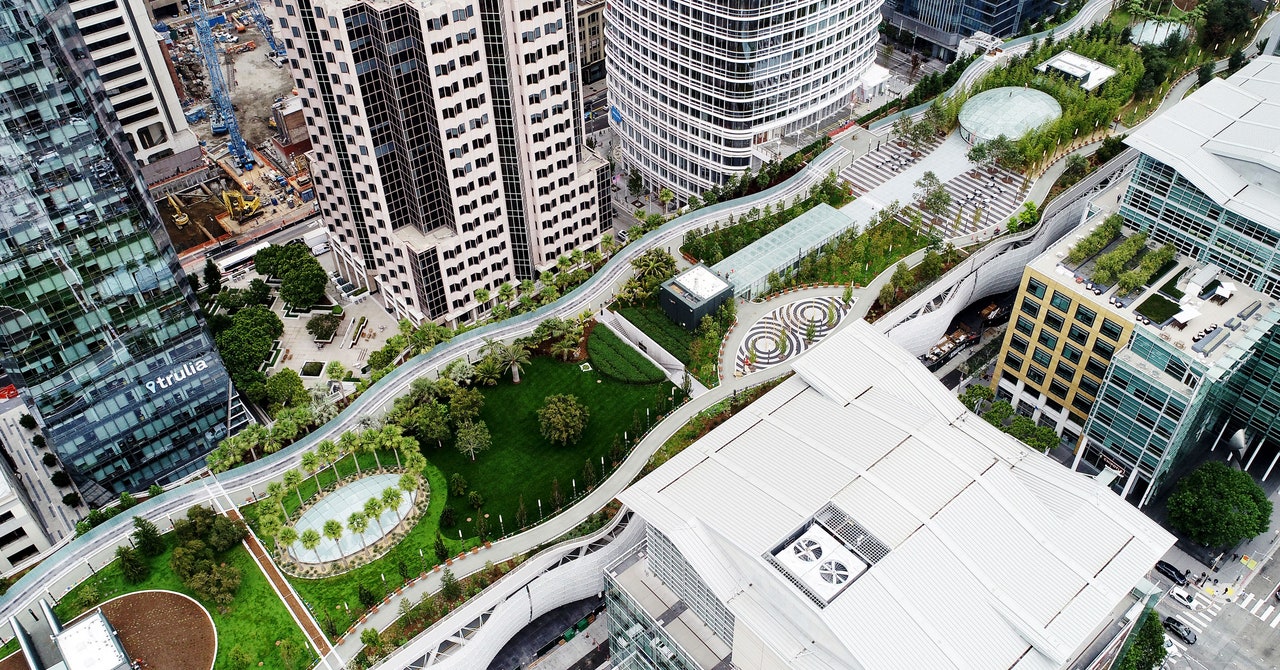
To demonstrate its technology, Epic Cleantec, a water recycling company, has even brewed a beer called Epic OneWater Brew with purified gray water from a 40-story San Francisco apartment building.
With the mega-drought and water crisis on the Colorado, the Rio Grande, and other Western rivers, “extreme decentralization” is making its way to other places in the American West, including Colorado, Texas, and Washington State. And decentralized projects are ongoing in Japan, India, and Australia. There are serious pressures on fresh water supplies around the world, with climate change exacerbating shortages. A recent study found that more than half the world’s lakes have lost significant amounts of water over the past 30 years. By 2050, the UN estimates that 5 billion people could be subjected to water shortages.
“This is the future of water for everybody,” said Newsha Ajami, director of Urban Water Policy at Stanford’s Water in the West program, of decentralized water systems and recycling. “It’s a slow-moving process, but at the end of the day—considering all the scarcity—a lot of communities are going to pick this up as a way of having economic development while having water security.”
San Francisco’s recycling systems are not water-neutral. The largest building with an onsite system is the Salesforce Tower, a 61-story office, hotel, and residential tower that opened in 2018 and is the tallest building in San Francisco. Built by the Australian company Aquacell, the system cleans 30,000 gallons of sewage, sink, shower, and other wastewater each day and uses it for irrigation and toilet flushing, saving an estimated 7.8 million gallons of water a year. That’s the equivalent of the annual use of 16,000 San Franciscans, the company says. Outside water is still needed for potable uses. (In New York, the Domino Sugar Refinery redevelopment project, currently under construction on the Brooklyn waterfront, will recycle 400,000 gallons of black water a day.)
The San Francisco Public Utilities Commission, the water provider, estimates that there are a total of 48 reuse systems in operation and 29 more projects being planned in the city. By 2040, the agency says, its Onsite Water Reuse program will save 1.3 million gallons of potable water each day.
The technology for these buildings to capture and treat all their water to potable standards already exists. But the safety of direct reuse of recycled wastewater is still being studied, and US regulations so far do not allow that. A fully circular system, in which water is reused onsite for both potable and nonpotable uses, is at least five to 10 years away in this country, experts say.
Centralized recycled water systems, by contrast, have been used for decades, though they too have rapidly grown as a solution to water shortages. Orange County, California, for example, is home to the world’s largest water recycling facility. It cleans 130 million gallons of black water a day in a process called indirect potable reuse. Highly treated wastewater, which would normally have been discharged into the ocean, is put through an advanced three-step purification process that includes micro-filtration, reverse osmosis, and disinfection with ultraviolet light and hydrogen peroxide. The output is injected into nearby groundwater, to be pumped up and treated to drinking-water standards by local utilities.

